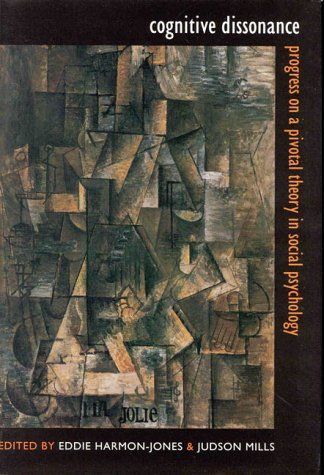
Cognitive Dissonance Progress on a Pivotal Theory in Social Psychology
Tell any smoker that his habit is unhealthy, and he most likely will agree. What mental process does a person go through when he or she continues to do something unhealthy? When an honest person tells a "white lie," what happens to his or her sense of integrity? If someone must choose between two equally attractive options, why does one's value judgement of the options change after the choice has been made? In 1954 Dr. Leon Festinger drafted a version of a theory describing the psychological phenomenon that occurs in these situations. He called it cognitive dissonance: the feeling of psychological discomfort produced by the combined presence of two thoughts that do not follow from one another. Festinger proposed that the greater the discomfort, the greater the desire to reduce the dissonance of the two cognitive elements. The elegance of this theory has inspired psychologists over the past four decades. Cognitive Dissonance: Perspectives on a Pivotal Theory in Social Psychology documents the on-going research and debate provoked by this influential theory.